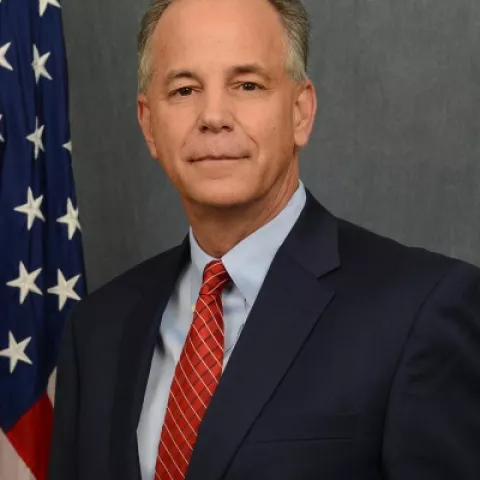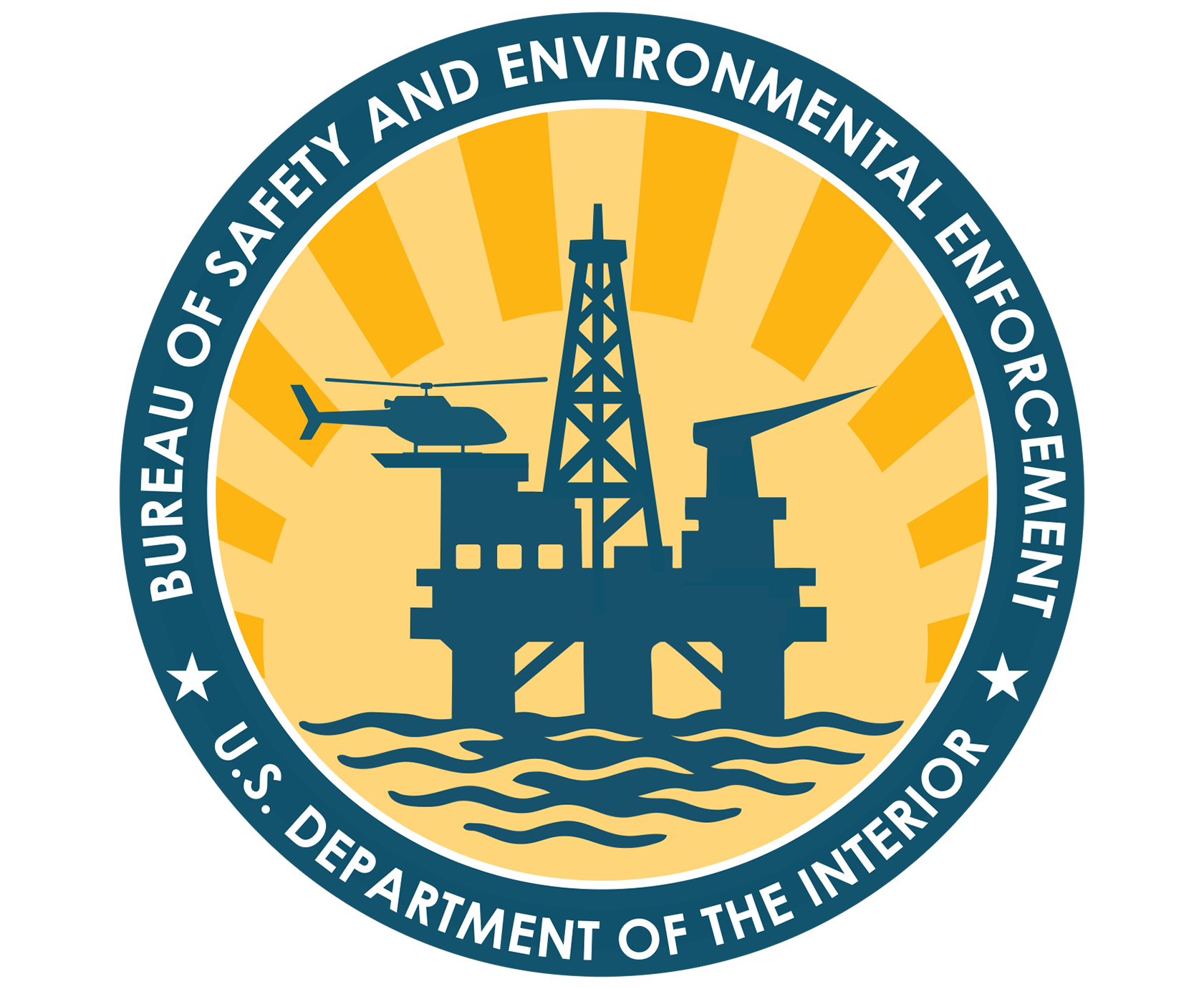You are viewing ARCHIVED content published online before Jan. 20, 2025. Please note that this content is NOT UPDATED,
and links may not work. Additionally, any previously issued diversity, equity, inclusion or gender-related guidance on
this webpage should be considered rescinded. For current information, visit
News Items | Bureau of Safety and Environmental Enforcement.

by Scott Angelle, Director, Bureau of Safety and Environmental Enforcement
On April 20, 2020, America observes 10 years since the Deepwater Horizon oil spill. Under President Trump’s leadership, much progress has been made in ensuring that the Outer Continental Shelf (OCS) remains a safe and environmentally sustainable source of oil and natural gas for our Nation’s energy, economic, and national security. The Department of the Interior has worked vigorously over the past three years to support Gulf Coast states in restoration, prevention, and preparedness that will continue for decades.
This Administration recognizes that we are not an “either/or” country—safe operations or environmentally sustainable operations or robust energy production. Rather, we are a country that prioritizes safe operations and environmentally sustainable operations and robust production.
To that end, the Bureau of Safety and Environmental Enforcement (BSEE) has updated regulations and policies to improve safety and environmental protection offshore. These changes include leveraging technology to anticipate environmental risks and improve response planning; conducting robust inspections of offshore facilities; emphasizing personnel competence; and strengthening coordination with federal, state, tribal, local, industry, academia, and non-governmental stakeholders.
One notable accomplishment is BSEE’s 2019 Well Control Rule (WCR), which offers data-driven improvements to ensure the safe and proper functioning of oil wells. In keeping with 2017 Executive and Secretary’s Orders, BSEE undertook a review of the 2016 WCR. The aim of the review was to better tailor policy to encourage energy exploration and production on the Outer Continental Shelf (OCS), by reducing unnecessary regulatory burdens, while ensuring safety and environmental responsibility. BSEE carefully reviewed all 342 provisions of the 2016 WCR and revised approximately 20% of the 2016 WCR provisions. Revisions developed by BSEE engineers in the 2019 Rule include smart Blowout Preventer (BOP) testing frequency options to reduce failure risks and provide valuable BOP health monitoring. An independent study conducted by Argonne National Laboratory, a U.S. Department of Energy laboratory, confirmed that rule updates have reduced the probability for failure.
Since 2017, BSEE has executed 112 new safety initiatives and 60 new environmental protection initiatives that improve the Gulf’s operations and ensure energy development takes place in a safe and responsible manner.
One such initiative, which both safeguards operations and provides environmental protection, is the Risk Based Inspection program. Employing both a quantitative risk model and subjective performance and risk-related intelligence information, BSEE staff identify facilities and operations at a higher-risk due to type or other trend data for focused inspections.
In 2013, under the previous administration, BSEE and the U.S. Department of Transportation’s Bureau of Transportation Statistics developed the SafeOCS confidential near-miss reporting system to capture and share key lessons from offshore activities where an incident was averted. Data from these activities can be helpful in preventing future incidents. With only 3 percent participation, the previous administration could not reap the benefits of the investment. The current Administration focused on increasing participation and was successful in growing voluntary participation in the program from only 3 percent of OCS production in 2016 to a current operator participation of more than 85 percent of OCS production.
There is no doubt that BSEE’s presence on the OCS has increased under the Trump Administration’s leadership. Not only have the number of inspections increased, but BSEE has provided enhanced oversight to the U.S. offshore industry in the past three years including: conducting 32,000 inspections since 2017; conducting risk-based inspections; and instituting a Safety Alert text messaging system for frontline offshore oil field workers; and strongly encouraging industry to assist with enrollment in the system.
Along with these reforms, BSEE is driving safety performance and improving environmental stewardship on the Outer Continental Shelf with a highly qualified and skilled workforce. BSEE’s engineer workforce has increased from 106 at BSEE’s inception in October 2011 to 214 currently. Additionally, the total number of inspectors has practically doubled from April 2010 to present.
Preparedness is a fundamental component of BSEE’s environmental stewardship. Subject matter experts from BSEE and other federal, state, and local agencies are gathering data to better prepare for response operations. BSEE recently funded a contract to enhance Area Contingency Plans over the next five years. The Plans, which are local in nature, are published and updated every 3 to 5 years by their respective Area Committee. BSEE’s efforts focus on developing offshore-related information in six critical areas: Oil and Gas Infrastructure, Worst Case Discharge Scenarios, Coordination Structures, Response Resources, Ecological Resources, and Spill Response Strategies.
Every day the men and women of BSEE work to ensure America maintains safe, environmentally sustainable, and robust offshore production by consistently focusing on the offshore worker that daily dons the hard hat and steel-toed boots, kissing family goodbye and setting out to do the hard work of fueling this great country. I am confident in America’s energy future and in the changes that have ensured offshore operation is safe and environmentally responsible.
###
